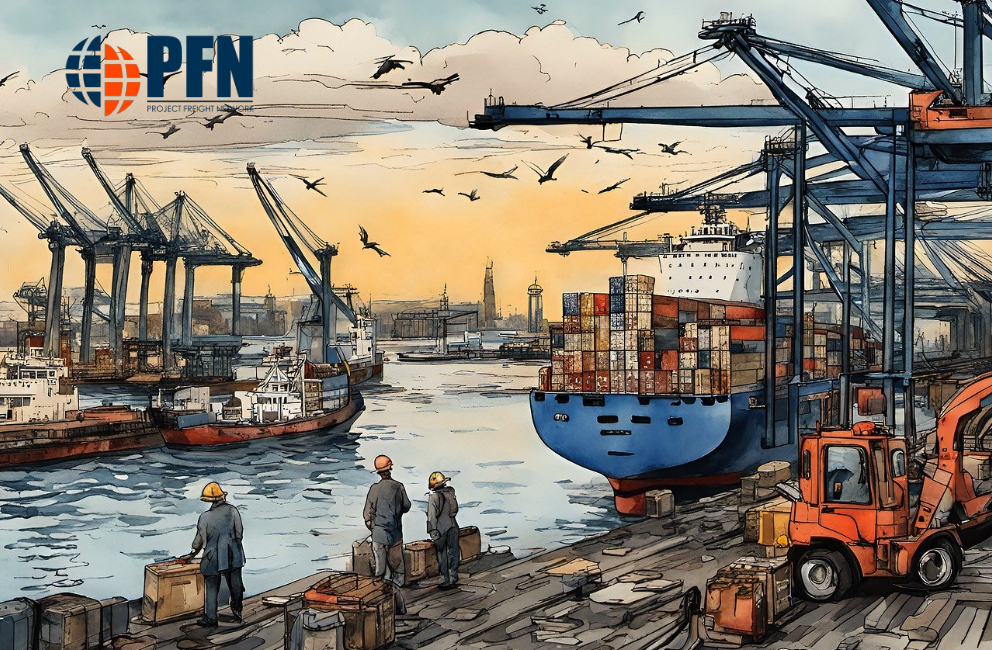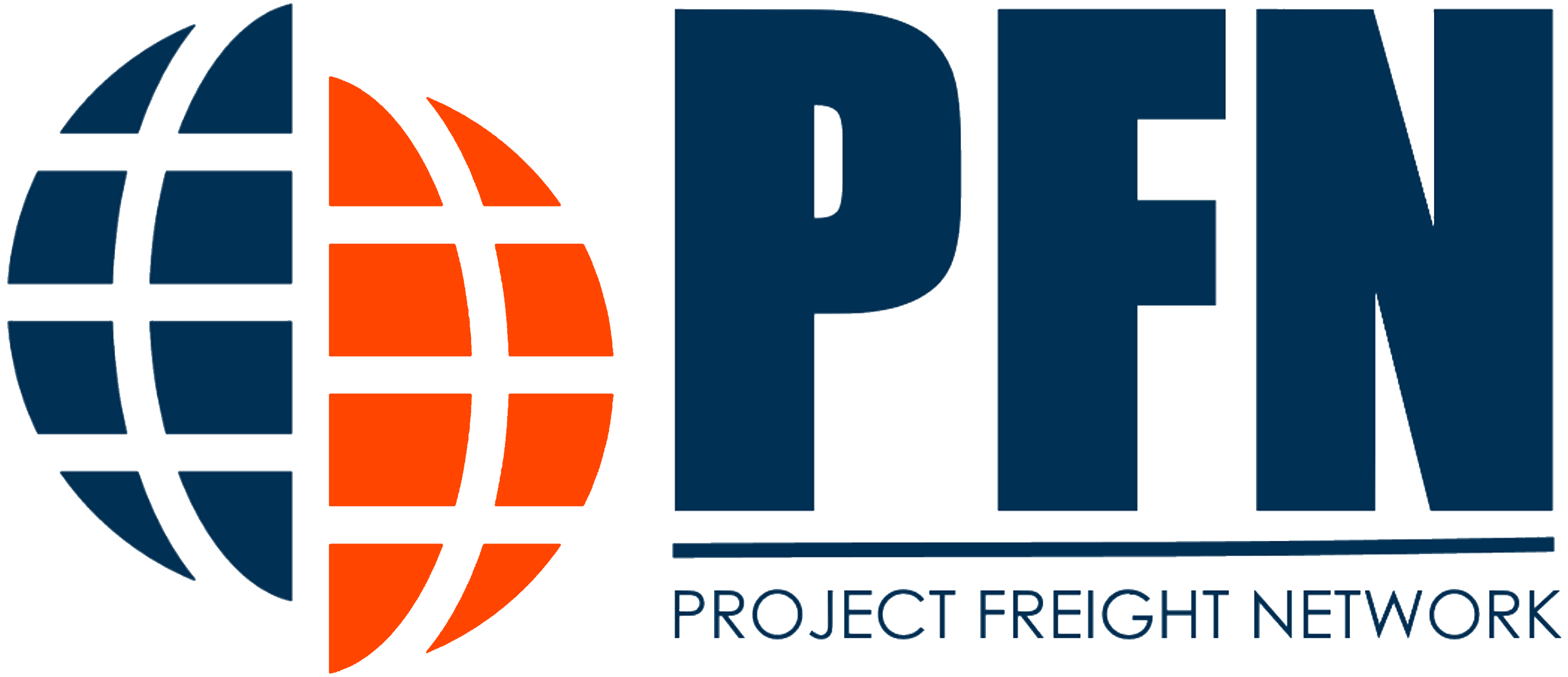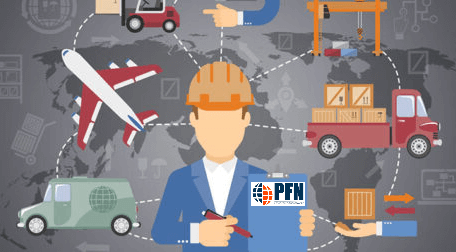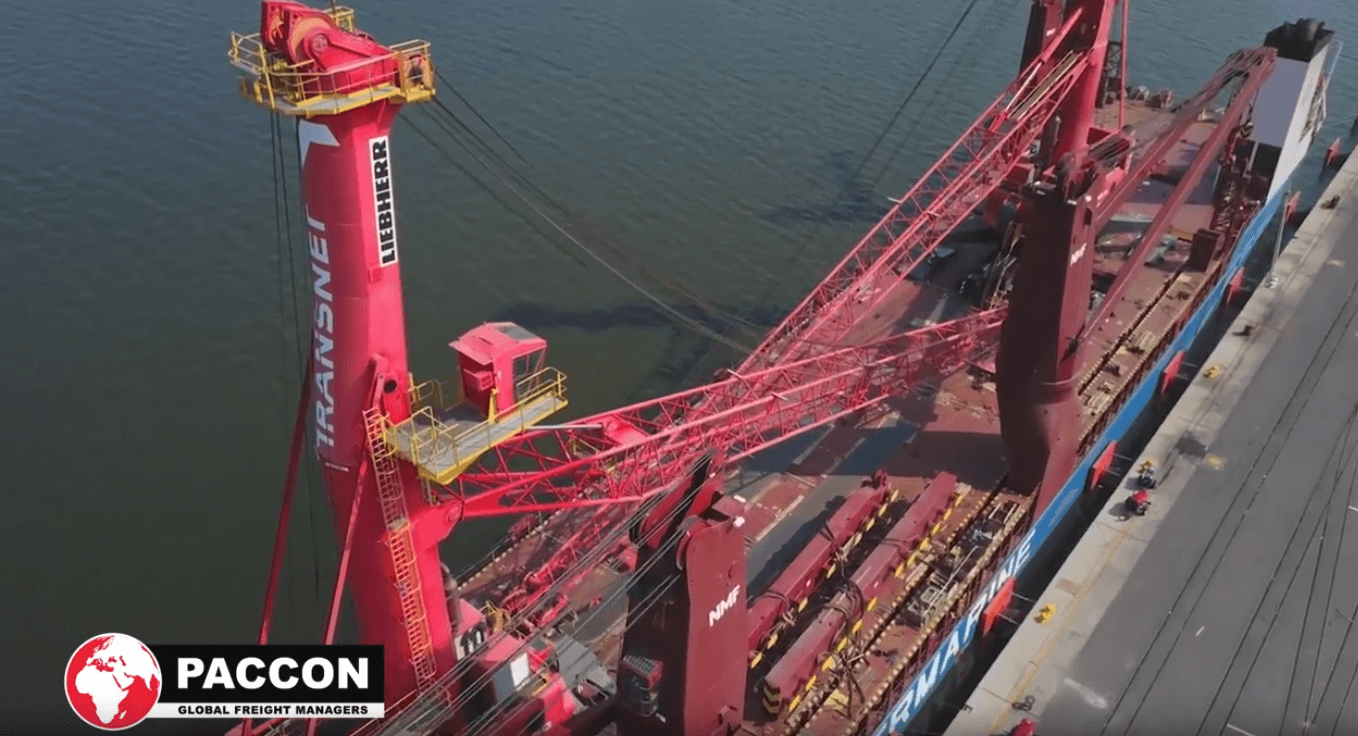
The logistics landscape of 2023 is experiencing a sea change, echoing with transformative shifts that are reshaping the freight forwarding and project cargo sectors, which have always been at the heart of global commerce. Let’s delve into the intricacies of what lies ahead in the remainder of the year and beyond.
Embracing the Digital Wave
The fusion of the digital realm with tangible logistics isn’t just a passing trend; it’s the new normal. Advanced tracking systems, predictive analytics, and blockchain solutions are revolutionizing the way we perceive project cargo. Take the NEOM project in Saudi Arabia as an example—a testament to how digital solutions offer unprecedented transparency and efficiency. However, it’s not just about tracking; it’s about harnessing data to predict disruptions, optimize routes, and ensure timely deliveries.
Consider the Suez Canal obstruction. With advanced predictive analytics, potential disruptions like these could be forecasted, allowing companies to reroute or reschedule shipments, minimizing losses.
The Green Transition
Sustainability is the rallying cry of our era. The global shift towards eco-friendly practices is more than a trend; it’s a necessity. Projects like “THE LINE” in NEOM are not mere ambitious visions; they’re blueprints for the future. But how does this translate to freight forwarding? It’s about optimizing routes to reduce fuel consumption, transitioning to cleaner fuels, and even exploring electric options for cargo transportation.
A study found that optimizing shipping routes and reducing idle time at ports could reduce emissions by up to 20%. That’s a significant figure when you consider the global scale of operations.
The Era of Tailored Solutions
One size does not fit all, especially in logistics. Recognizing the unique intricacies of each project, tailored logistics solutions are becoming the industry standard. It’s about understanding the client’s needs, the nature of the cargo, and the destination’s challenges. This bespoke approach ensures efficiency, reduces costs, and enhances client satisfaction.
A pharmaceutical company needed to transport temperature-sensitive vaccines to a remote location. A tailored solution involved specialized containers, real-time temperature tracking, and a dedicated fast-track route, ensuring the vaccines reached their destination without any loss of efficacy.
A Global Tapestry
Freight forwarding is not just about moving goods; it’s about connecting cultures, economies, and businesses. From the bustling ports of Asia to the expansive landscapes of the Americas, the industry is crafting a narrative of collaboration and commerce. It’s about understanding global trends, geopolitical scenarios, and local challenges.
The Belt and Road Initiative by China is a testament to the power of global connectivity. It’s not just a trade route; it’s a symbol of intercontinental collaboration.
Ocean and Air: The Dynamic Duo
The ocean and air freight sectors are more than modes of transport; they are the lifeblood of global trade. Innovations like mega-ships and drones are reshaping the industry. These shifts aren’t solely about capacity; they’re about reimagining the very essence of transportation.
The rise of drone deliveries for last-mile connectivity is revolutionizing air freight. While it’s still in the nascent stages for large-scale cargo, the potential is immense. Imagine a future where drones not only deliver your pizza but also large consignments to remote locations.
As we navigate through 2023, the freight forwarding and project cargo sectors stand at the crossroads of innovation and tradition. Challenges bring opportunities, and disruptions spur innovations. The logistics industry’s resilience and adaptability will continue to shape the future of global trade. Collectively, we are creating the future of logistics, one shipment at a time.




